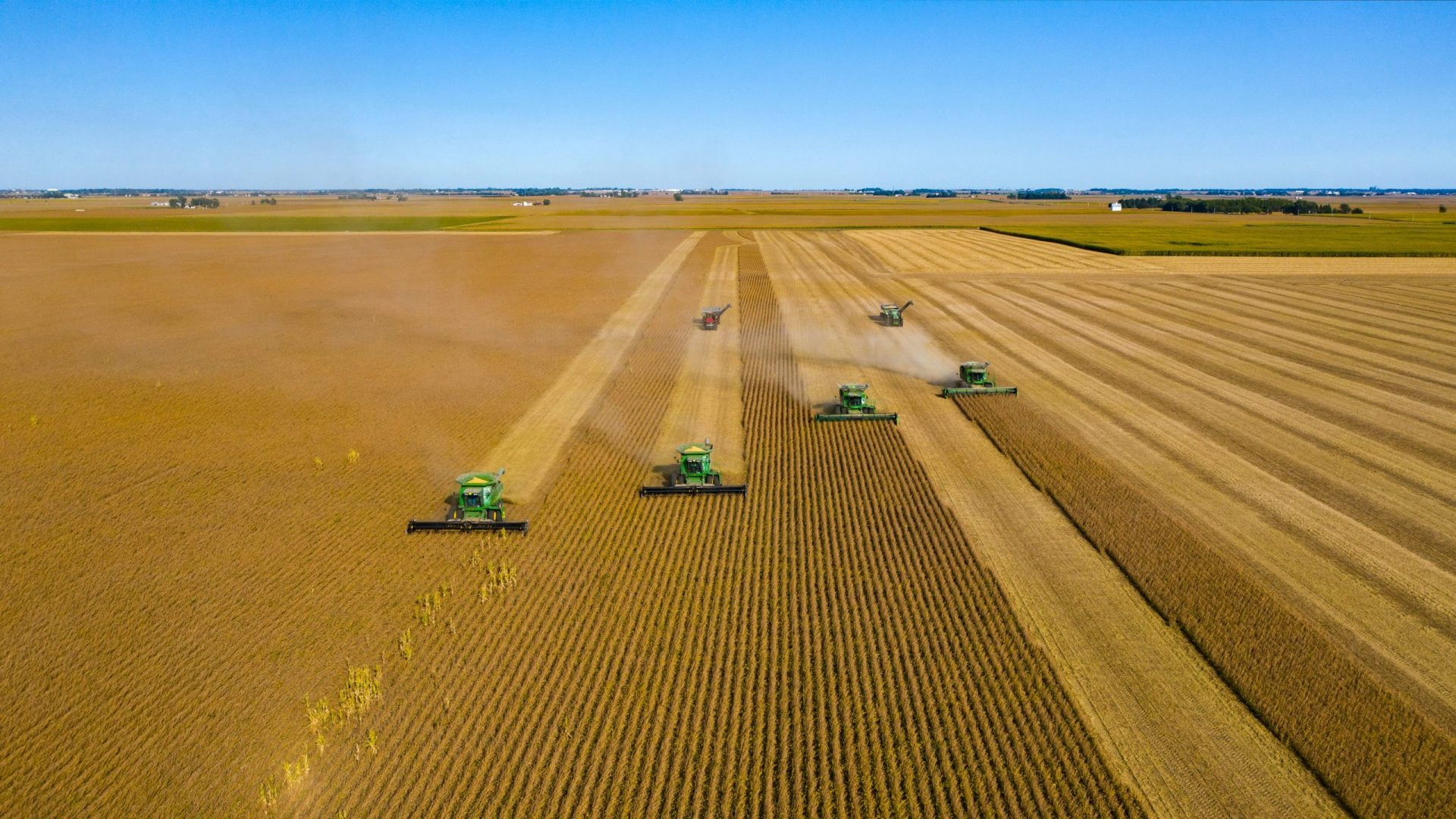Modern farm machines are becoming heavier and heavier, damaging the delicate ecosystem of the soil. We put a lot of pressure on the soil with our heavy farm machines and their enormous weight is squeezing the life out of the deeper soil layers, potentially reducing plant growth and thus crop yields across the globe.
Heavy machines are causing high levels of soil stress
Over the last 60 years, farm machines have become increasingly bulky. The success of today’s agriculture rests greatly upon mechanization. By achieving a higher capacity of farm machinery, we have expanded food production capabilities. As we have increased the capacity of our farm machines, they have grown extensively in both size and weight. The growing weight and size of our farm machines is therefore based on a desire to increase the capacity and power of the machines in order to improve efficiency.
In a recent study, Thomas Keller and Dani Or (2022) demonstrate that because of the extensive weight of modern farm machines a threat of subsoil compaction has developed. According to their findings, there are similarities in mass and contact area between the sauropods (dinosaur), the largest animal that has ever walked earth, and today’s farm machines. Keller and Or compare the weight of modern farm machines with the footprint of the sauropods, stressing our machines’ exceeding weight. They establish that the total weight of a laden combine harvester has increased from around 4.000 kg in 1958 to around 36.000 kg in 2020 (Keller and Or, 2022, p. 2), that is nearly a 10-fold increase in weight. Modern machines induce high levels of stress into the soil given their heavy weight, and they thus pose a threat to the long-term productivity of arable land. Keller and Or argue that the high soil stresses have now surpassed safe mechanical limits for soil ecological functioning.

We put too much pressure on the soil with the massive weight of our farm machinery
The soil is a delicate ecosystem made up of water and circulating air that nourishes organisms and plant roots. As long as these organisms and plant roots are nourished the soil remains fertile. However, when we drive on the soil with our huge farm machines, we put a lot of pressure on it and that is extremely damaging for soil’s fertility. Eventually with this pressure we will squeeze the soil down and press much of the air and water out of it. This process additionally contributes to more emission of N2O (laughing gas), and for that reason it is harmful for the environment. Too much compaction on the soil has been shown to reduce crop yield by 10-20%, thereby leading to less available food. In this way, we risk that the weight of our machinery will crush one of the most precious resources, namely the fertile soil. It can take decades for the soil to recover from the compaction that we expose it to.
Robots help preserve the fragile ecosystem of the soil while improving efficiency
Farming robots are typically lightweight machines. Take for instance a FarmDroid which weighs only 900 kg. Since robots have such a light weight, they do not put pressure on the soil like modern farm machines do. On the other hand, they contribute to care for the soil’s delicate microstructure. In this way, robots move away from the trend with the increasingly heavier farm vehicles. This means that with a lightweight robot working in the field there is no risk of damaging the soil’s ecological functioning. With the robots’ weight, they protect the soil and they let it nourish its organisms and plant roots, so that we can continue to cultivate healthy crops.

